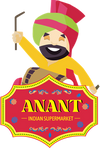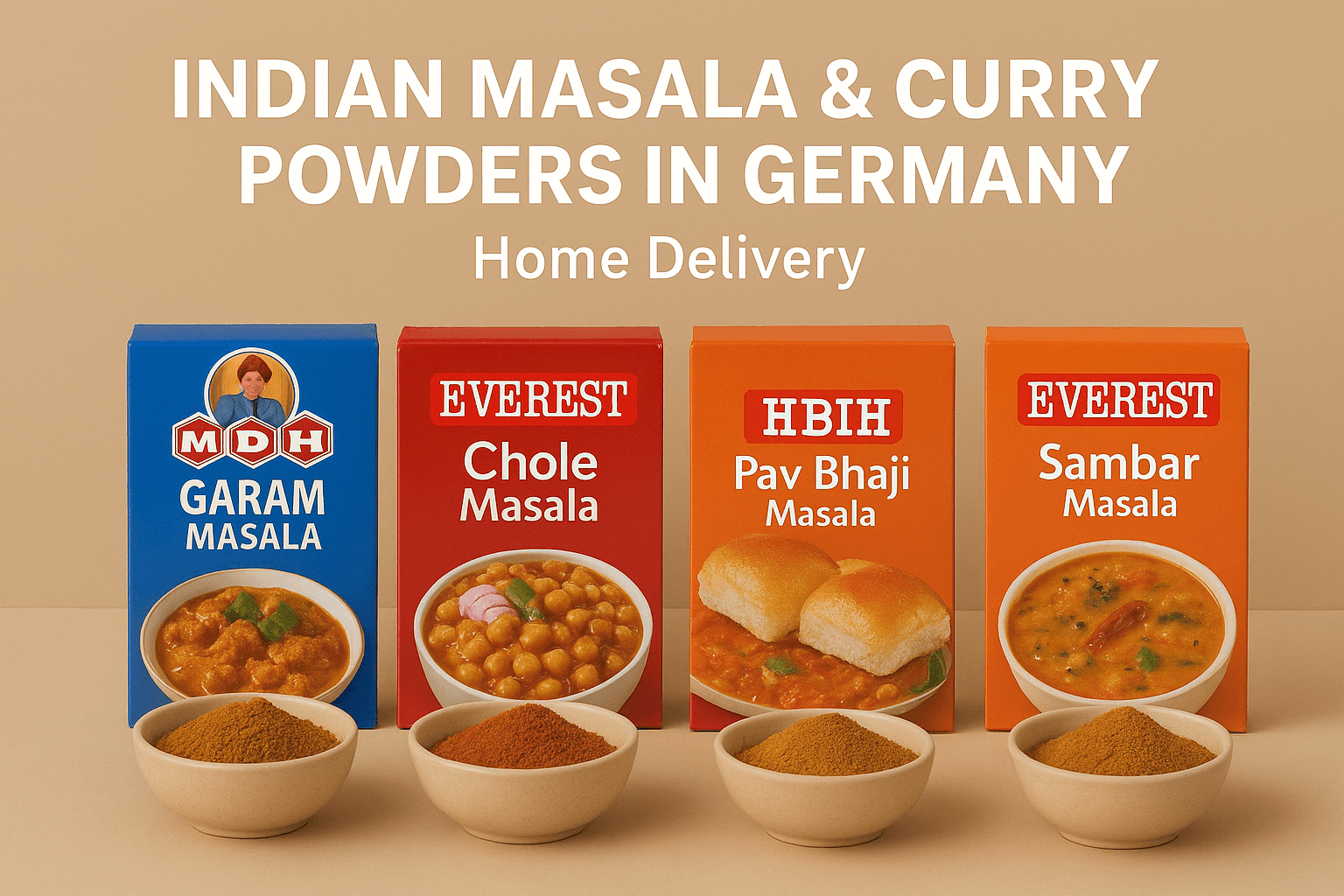Every culture has its own language of snacking. In Germany, pretzels and sausages dominate social gatherings, while in India, it’s a handful of spicy mixture, a crispy samosa, or a steaming plate of pakoras with masala chai. Snacks are not merely fillers between meals; they are cultural bridges, emotional triggers, and, often, expressions of identity.
For Indians living in Berlin, the craving for familiar flavors often leads to searching for authentic snacks that taste just like home. For Berlin locals and food lovers, Indian snacks offer an exciting way to experience the rich and diverse food culture of India without leaving the city.
At the heart of this culinary connection is Anant Supermarkt, Berlin’s one-stop shop for authentic Indian groceries. Their wide range of snacks; from namkeens to sweet treats, makes it easy to relive traditions or explore something new.
But before we talk about what you can buy in Berlin today, let’s take a journey into the story of Indian snacks, their cultural significance, and why they continue to remain such an integral part of daily life.
Why Indian Snacks Are Special
Snacks in India are not a single category—they’re an entire universe of taste. Each region contributes something unique. In South India, you’ll find murukku and banana chips; in the North, samosas and bhujia dominate. The West brings us farsan, sev, and chivda, while the East is rich with sweets like sandesh and nimki. What makes Indian snacks special is their variety of flavors—spicy, tangy, salty, sweet, crunchy, and even fermented.
They are also strongly tied to rituals and rhythms of daily life. Morning tea with rusk, afternoon chai with pakoras, and late-night gatherings with a packet of bhujia snacks punctuate Indian days. They aren’t just food items but companions to conversations, festivals, and memories.
For those living abroad, snacks often become a connection to nostalgia. A single bite of the mixture can take you back to Diwali evenings at home or remind you of chai breaks in college. For Berliners curious about India, these snacks are an introduction to flavors and traditions that go beyond mainstream curries.
Indian Snacks in Berlin: The Availability Gap
For a long time, finding authentic Indian snacks in Berlin was a challenge. Small shops carried limited supplies, and authenticity was questionable. However, with the rise of specialty supermarkets like Anant, things have changed. Today, you can get everything from classic Haldiram’s mixtures to regional favorites like Malabar Mixture Hot or Gramarheim Garlic Mixture, all under one roof.
The growing popularity of Indian food in Europe has also fueled this change. As Berliners explore global cuisines, demand for authentic snacks has risen. Whether you’re an Indian student in Kreuzberg, a family in Charlottenburg, or a German foodie who loves bold flavors, the snack aisle at Anant offers something that resonates.
3 Primary Categories of Indian Snacks
1. Namkeen and Mixtures
Namkeen is a broad category of savory snacks made with chickpea flour, lentils, spices, and nuts. They are crunchy, spiced, and often eaten with tea. The diversity of namkeen across India is staggering.
-
Gramarheim Garlic Mixture (400 g): A standout in Berlin, this mixture combines crispy chickpea noodles with garlic seasoning, fried lentils, and curry leaves. Its bold flavor makes it ideal with evening chai or even as a topping on pulao.
-
Delicious Delights Malabar Mixture Hot (400 g): This South Indian-style mixture is fiery and bold, made with sev, boondis, peanuts, and curry leaves. It’s the kind of snack that wakes up your taste buds.
-
Haldiram’s Classic Mixes: Available at Anant, these include favorites like Navrattan Mix and Chana Dal. Haldiram’s has become synonymous with namkeen worldwide, thanks to its consistent quality and nostalgic taste.
-
Bikano Bikaneri Bhujia: A Rajasthani gem made with moth beans and besan, seasoned with asafoetida and pepper. This snack is crunchy, flavorful, and almost addictive.
These namkeens aren’t just for munching straight from the packet. In Berlin kitchens, they can be sprinkled on salads for crunch, used as toppings for soups, or even incorporated into fusion recipes like bhujia-stuffed sandwiches.
2. Chips and Kurkure
No snack culture is complete without chips, and India’s take on chips goes beyond potato. Banana chips from Kerala, jackfruit chips from coastal India, and masala-flavored potato crisps are all staples.
-
Kurkure Masala Munch: India’s answer to Cheetos, Kurkure is spicy, tangy, and uniquely crunchy. Available at Anant, it’s especially popular among students looking for a quick, flavorful snack.
-
Banana Chips: South Indian-style banana chips fried in coconut oil offer a different flavor profile compared to Western potato chips. They’re lighter, crispier, and slightly sweet.
-
Jackfruit Chips: Harder to find, but a specialty worth trying. Their nutty flavor and crunch make them a healthier alternative to regular chips.
3. Sweets and Cookies
While namkeen takes care of the savory side, no Indian snack culture is complete without sweets. In India, sweets are both desserts and snacks—often enjoyed in the afternoon with tea or offered to guests.
-
Bikano Almond Pista Cookies: Crunchy and mildly sweet, perfect for pairing with coffee.
-
Haldiram’s Soan Papdi: A flaky, sweet treat that melts in your mouth. While it might feel festive, it’s also a popular everyday indulgence.
-
Delicious Delights Biscuits: Familiar to many Indians, these biscuits are reminiscent of tea-time at home.
These sweet snacks balance the spiciness of namkeen, making them a perfect dual experience for snack lovers.




